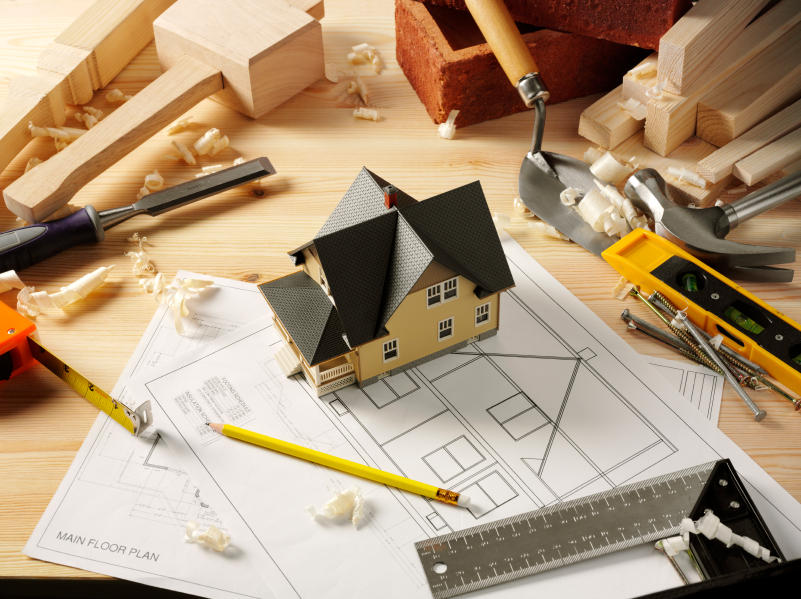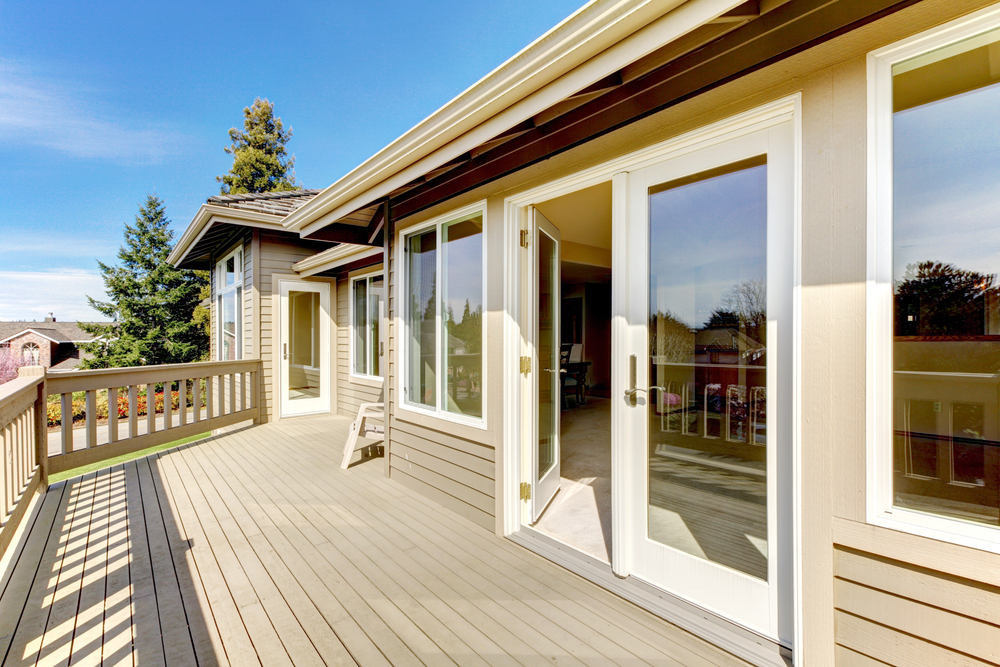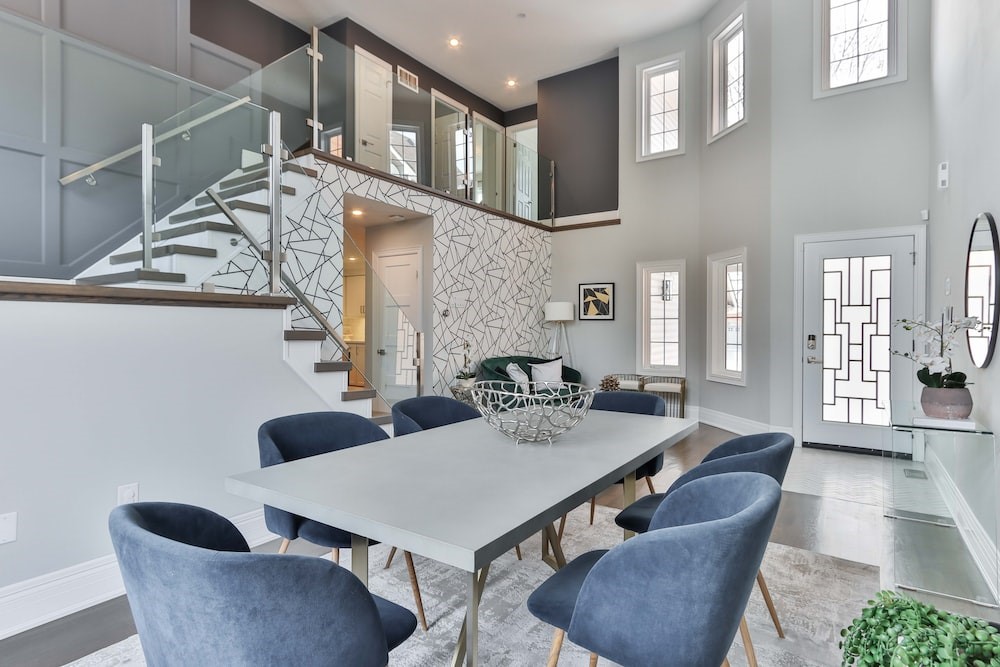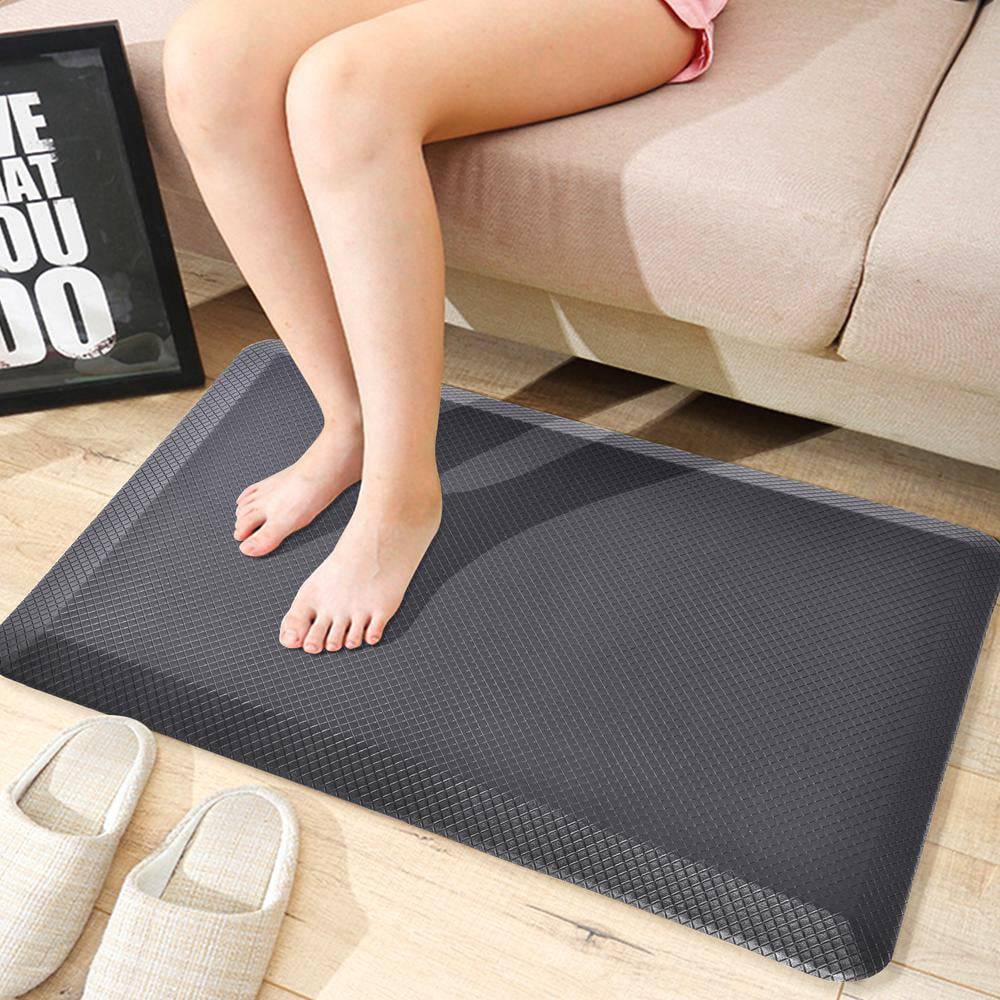What are air purifiers? What are the types of air purifiers? What factors you consider when buying one?
We will share with you the information you have gathered from the Environmental Protection Agency (EPA), American Lung association (ALA) and other consumer review sites that will provide you with a comprehensive report on home air purifiers and will help you choose the right one.
An air cleaner is a machine that works to clean the air you breathe by getting rid of particles and noxious air pollutants in your home. Report consumers at home to air purifiers will tell you immediately that should not be considered an air purifier as a silver bullet.
The use of air purifiers should be a last resort’s three-pronged approach to improve the air you breathe inside your home.
The first suggests that control of the source (s) or pollutants to reduce their emissions.
The second strategy according to the report of the consumer at home for air purifiers is to use a ventilation: open windows and doors (weather permitting), in turn, local bathroom or kitchen exhaust fans or the use of mechanical ventilation systems, which help improve the air condition of your room.
The third element is to consider getting an air purifier that actually remove bacteria, fungi, viruses and any kind of smell.
The four general types of air cleaners available on the market are mechanical filters, electronic air cleaners, ion generators and hybrid devices. They can join the central heating or ventilation system, desk units or larger room portable consoles.
Factors that you need to consider when buying an air purifier are as follows:
Type filter. Air filter protects equipment, furniture, reduce cleaning and maintenance of buildings and reduce fire hazards. Low efficiency filters can do all this. But it is only portable room air cleaners you can get high enough levels of filtration to protect their general welfare.
That is where HEP (high efficiency particulate air high) before or high efficiency particulate arrestors are important. “True” Hep not allow more than 3 particles 10000 to penetrate the filter media.
They are a bit noisy, however. But because they can remove particles as small as 0.3 microns in size that are the lungs of penetration of particles, EPA and ALA and other organizations recommend the use of a filter hep if you want to use a mechanical filter.
Clean Air delivery rate (Cadre). This is a standard developed by the independent association of Home Appliance Manufacturers (AHAM) to measure the removal of dust, smoke and pollen from the air.
Measure the amount of clean air in cubic feet that provides an air cleaner to one room per minute of a specific material. Note that a cadre of 50 is suitable for a room of 80 square meters, a cadre of 80 to 120 square feet, a cadre of 100 per 144 square feet and a cadre of 200 per 320 square feet.
Cost. The expenses incurred in the purchase of an air purifier may include the initial purchase of the unit, maintenance costs (cleaning and / or replacement of filters and other parts) and operating costs (cost of electricity).
The most effective units are generally also the most expensive. However, you should check the initial cost with the cost of maintenance, since some air purifiers that are cheaper may be more expensive in the long run, if you need to change the filters often.
Noise. Air cleaners that have a fan can produce the equivalent of a small vacuum when operating at high speed. Even at low speed, some models are still producing an annoying buzzing or learn.
You should also note that rates are based cadres at high speed. So it’s better if purify the room one hour before wearing it down the speed when you are there to minimize noise.




